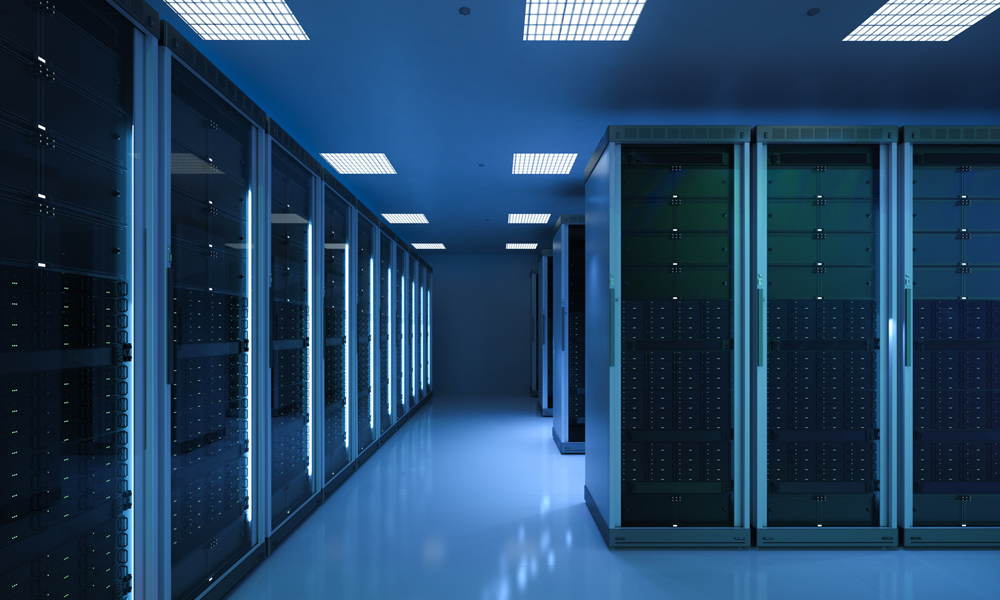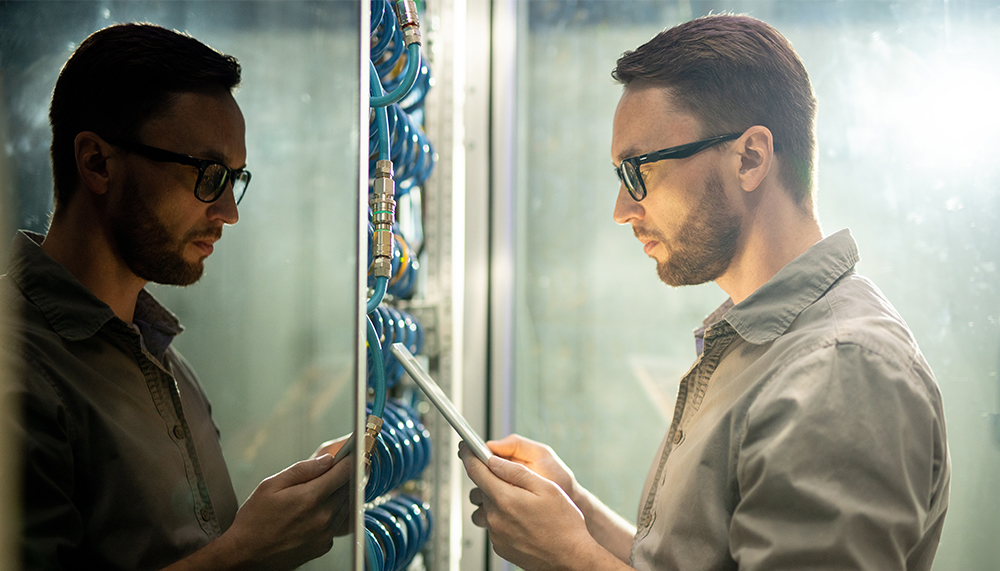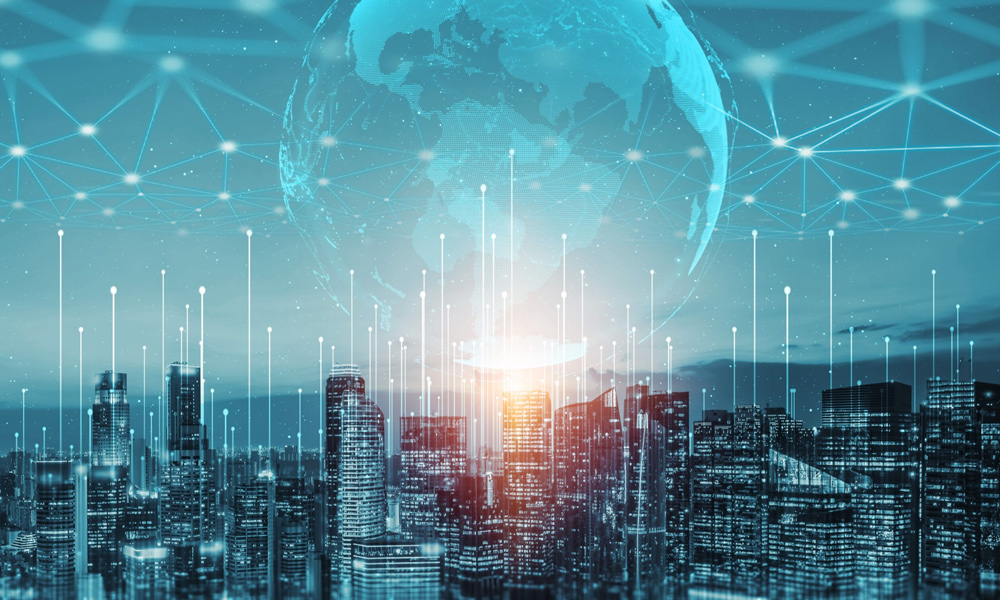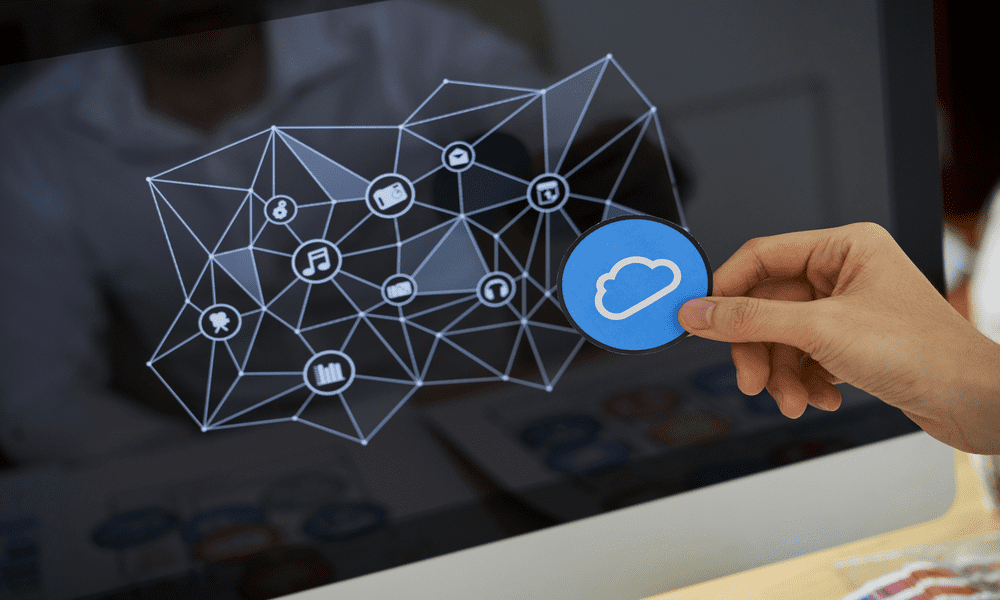4 Major Components of A Data Center

Data centers have been around since the 1940s and have continuously been evolving ever since. However, the four major components of a data center have remained the same until now: storage, power, temperature, and security. The application of each component keeps changing and improving as demands and technologies shift, but their nature stays the same. Let’s take a closer look at these four data center components.
Storage
Data centers are meant for housing their users’ critical data and applications. Therefore, one of the most important components of a data center is storage.
Data center storage is the collective term for the hardware, software, and processes that manage and monitor data storage within data centers. It includes all IT assets that store, retrieve, distribute, backup, and archive data and applications inside the data center facility. Therefore, it refers to several aspects: internal and external storage (hard disk drives, tape drives, etc.), storage and backup management software utilities, external storage solutions (the cloud, etc.), and storage networking technologies (storage area networks (SAN), network attached storage (NAS), RAID, etc.).
In addition, data storage includes data center storage policy and procedures which control the entire process of data storage and retrieval. It may also incorporate data center storage security and access control strategies and protocols.
Power
Power is—literally—the life of a data center. To keep a data center facility up and running at all times, even in cases of disruptions, a provider needs to have a reliable, steady, and uninterrupted supply of power.
In Indonesia, most data centers’ main power comes from the electricity grids run by PLN, a government-owned company which oversees the country’s electricity distribution. These facilities usually have one or several transformers in place to take in the electricity, while also ensuring the power coming in is of the right voltage and the right type of current (typically converted from AC to DC). To minimize downtime, they also have a backup power source on site or nearby, typically in the form of gasoline or diesel-powered generators.
Most data centers today also deploy Uninterruptible Power Supplies (UPS) as a part of their backup systems. A UPS is activated when a system notices a loss of power and works to maintain the infrastructure until an access to stable power can be regained. A UPS also suppresses power surges and converts currents so they don’t damage equipment.
Temperature
Data center temperature is equally important as power. A data center is home to a variety of critical and expensive equipment. Without adequate ventilation and a proper cooling system in place, the equipment may overheat and fail—requiring expensive repairs and resulting in potential data loss.
One of the keys to effective data center cooling is a well-designed system with proper equipment. There are various cooling methods a data center can adopt; some have been around for a while, and some others are newer and more improved. Most methods that are popular today are air-based: calibrated vectored cooling (CVC), chilled water system, cold aisle/hot aisle containment, computer room air conditioner (CRAC), computer room air handler (CRAH), etc. However, liquid cooling methods, such as full immersion cooling and direct-to-chip cooling, have been gaining more attention as they’re deemed more scalable and effective to handle the dense and heavy modern data center demands.
The facility design is another key. A properly-designed data center infrastructure includes several aspects: sufficient ventilation, raised floors, hot and cold aisles, equipment placing, and the use of panels and barriers to direct airflow.
Security
A data center is responsible for its users’ critical data and applications. That’s why it needs the highest possible level of security.
Data center security consists of two factors: physical security and cybersecurity. Physical security includes 24/7 security personnel, a visitors log book, surveillance cameras, a fingerprint access system, electronic access cards, etc. Meanwhile, cybersecurity involves firewalls, data encryption, and access control list (ACL), an intrusion detection system (IDS), etc.
Those are the four main components of a data center. If you’re building a data center or considering a colocation, make sure you thoroughly check those four components.

















